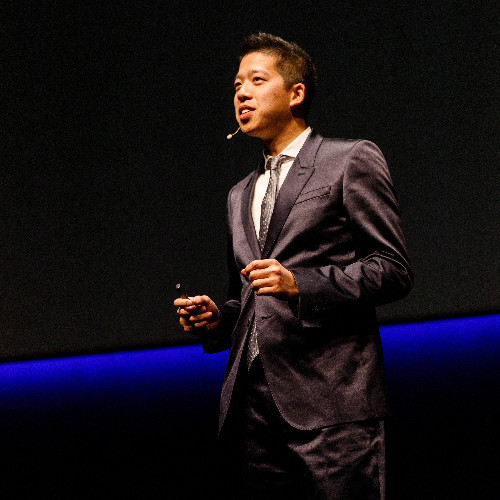Entrepreneur Case Studies
Solo Student Entrepreneur to $5M: David Liu, CEO of Deltapath (Part 5)
Sramana Mitra: When did the Japan hospital deal happen?
David Liu: This was around 2014. It started in 2012. It was a pretty long cycle. With the funding, we opened up our Japan office. We hired five people.
Sramana Mitra: Was this a use case that you were then going to sell to other hospitals?
David Liu: Yes. We wanted to become the de-facto standard. We started doing other public hospitals. As time goes by, we integrate with a lot more IoT devices like sensors and radars. We basically work with the entire ecosystem. We form a whole ecosystem of partners that help us to make our solution even stronger.
>>>Solo Student Entrepreneur to $5M: David Liu, CEO of Deltapath (Part 4)
Sramana Mitra: Then what happens after 2011?
David Liu: Around 2015, we had the first investor. We had a high-net-worth individual who was interested in investing in the business.
Sramana Mitra: How did that person get involved? How did you find him?
David Liu: His son had just started a new e-commerce business and went public. He had some extra cash and wanted to invest in something related but not exactly e-commerce. He was introduced to us. We raised a million dollars.
>>>Solo Student Entrepreneur to $5M: David Liu, CEO of Deltapath (Part 3)
Sramana Mitra: In 2007 when you put together the appliance, how many customers did you get? How much were they paying on average?
David Liu: By 2007, we’d won Nokia. Nokia started deploying us globally. We also got Juniper Networks.
Sramana Mitra: This is still just you?
David Liu: Yes.
Sramana Mitra: Fantastic!
>>>Solo Student Entrepreneur to $5M: David Liu, CEO of Deltapath (Part 2)
Sramana Mitra: How did you find these customers?
David Liu: They came to us. They found our website.
Sramana Mitra: Google search?
David Liu: Yes. SIP is the industry standard for VoIP and PBX basically means phone system. I remember if you type SIP PBX, we would come up on the first page.
>>>Solo Student Entrepreneur to $5M: David Liu, CEO of Deltapath (Part 1)

David started Deltapath as a college student. Another case in point is that solo entrepreneurs CAN build sustainable, profitable businesses.
Sramana Mitra: Let’s start at the very beginning of your journey. Where are you from? Where were you born, raised, and in what kind of background?
David Liu: I was born in San Jose, California. I had a really interesting childhood. My parents moved overseas to Hong Kong as my dad had a career opportunity. The whole family moved when I was still in elementary. I was thrown into a completely different world. I didn’t really speak Chinese. I cannot read or write Chinese.
>>>From Solo Techie Entrepreneur to High Growth, Profitable Enterprise AI Success Story: Findability Sciences CEO Anand Mahurkar (Part 5)
Sramana Mitra: How big is the team?
Anand Mahurkar: We are about 170 people. We leap to 200 worldwide next quarter.
Sramana Mitra: What is the distribution?
Anand Mahurkar: The largest population is in India – about 90.
Sramana Mitra: Where in India?
>>>Building a Cutting Edge Drone Technology Company: Tom Walker, CEO of DroneUp (Part 5)
Sramana Mitra: Are you then pivoting the business largely into the delivery sector?
Tom Walker: We’re splitting the company into two. There are so many opportunities in the services side. Our growth is about equal in terms of the delivery and the growth of the services. We had been seeing 900% growth on the services side. It’s a viable business. Because we do that with independent contractors, we can grow that business without having to grow our overhead quite as much.
>>>From Solo Techie Entrepreneur to High Growth, Profitable Enterprise AI Success Story: Findability Sciences CEO Anand Mahurkar (Part 4)
Sramana Mitra: Fantastic. In all the different use cases that you have applied Findability, what are some of the most powerful use cases that warrant productization as solutions?
Anand Mahurkar: Post-pandemic, we are seeing self-reliance on multiple business processes. One is the supply chain because of the disruption in the market by the pandemic. We have built an AI best practice framework called CUPP – Collection, Unification, Processing, and Presentation. Unfortunately, all the AI companies just focus on the processing part. The collection and unification of the data are very powerful.
>>>